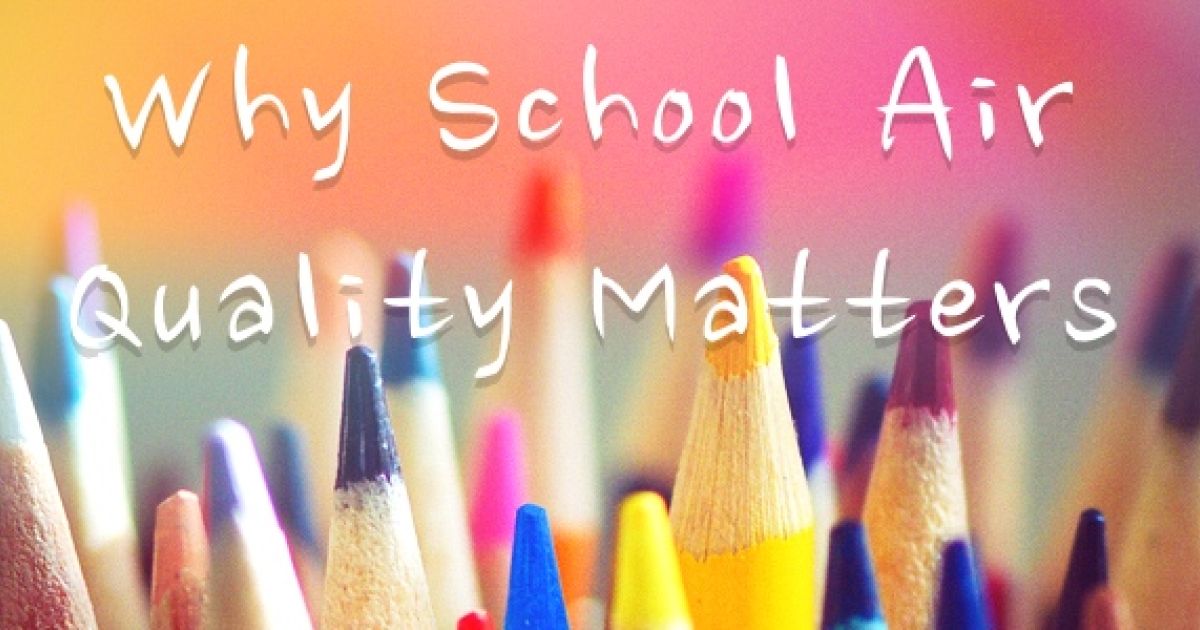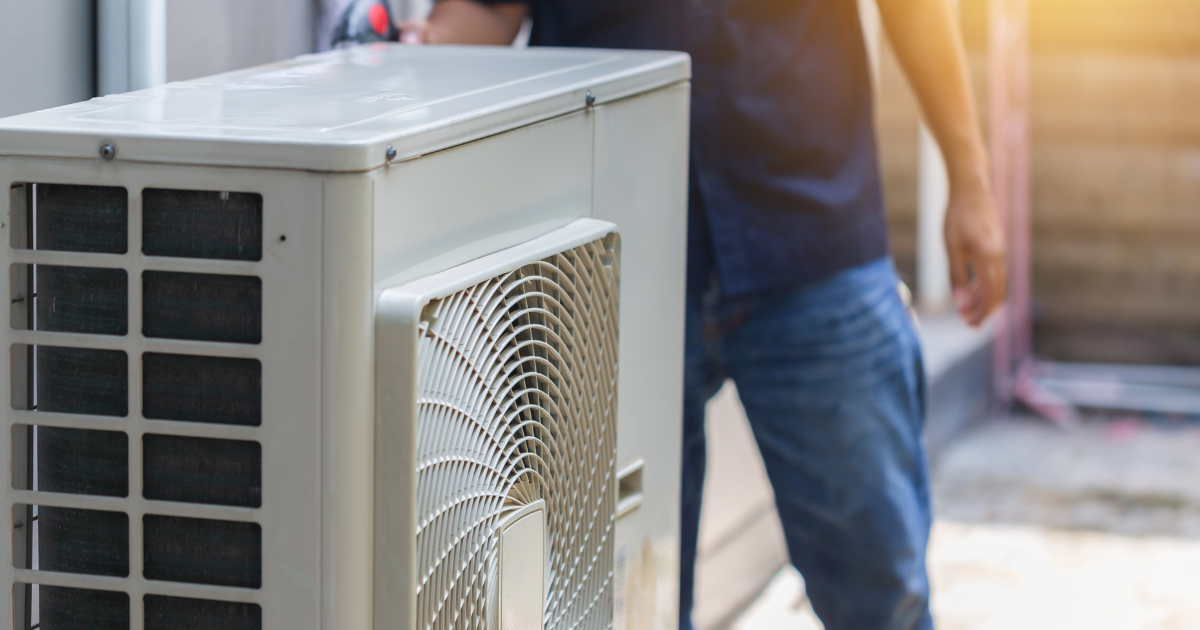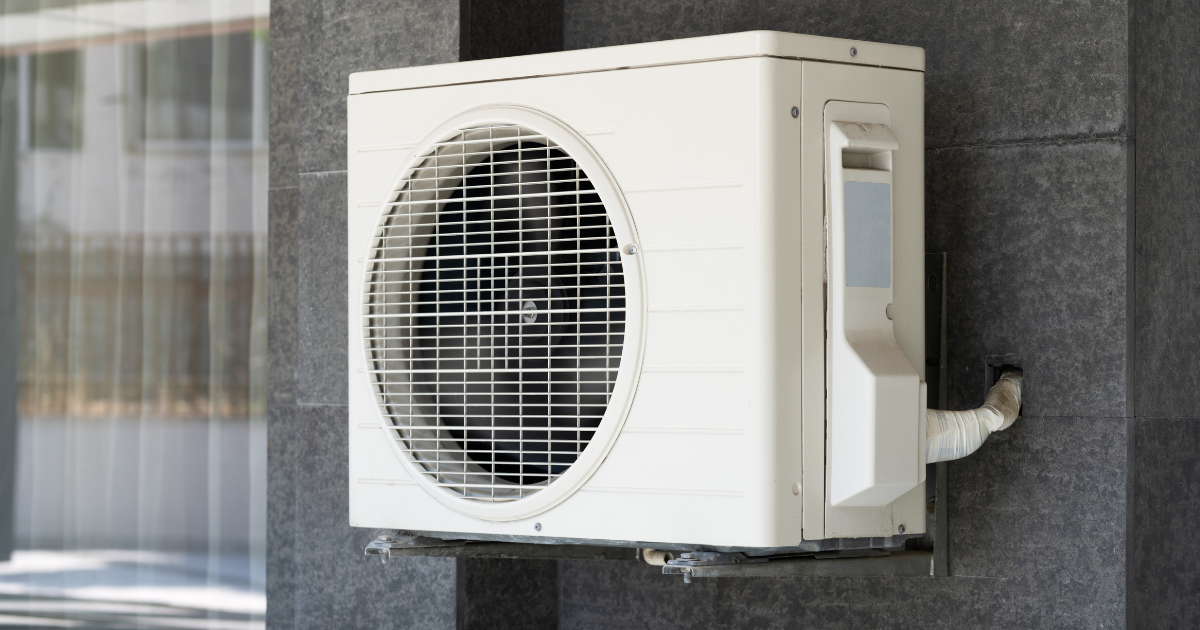School Indoor Air Quality a Growing Concern
In America, the average elementary school child will spend about 940 hours inside an educational building this school year. While most of us know that poor air quality at school can contribute to health issues like asthma and allergies, fewer recognize that indoor air quality can impact our kids’ productivity, mood, and energy levels, too.
The rising concerns around indoor air quality, or IAQ, in schools are being highlighted by the increase in respiratory disease among children. Poor air quality damages both health and academic achievement. One study found that student performance can improve by 15% when ventilation rates increase.
If your child is having problems at school, the problem could be with the air they’re breathing.
The Danger of Poor IAQ
Roughly half of the schools in the U.S. have subpar air quality, according to the National Center for Education.
The following symptoms could be a sign that your child is suffering from the effects of poor indoor air quality:
- Increased absence from school: Your child might be suffering from allergies, respiratory infections, and adverse reactions to chemical exposure that leads to illness. In the case of asthmatic children, respiratory problems lead to 14 million missed school days each year.
- Problems with concentration: Because of higher levels of carbon dioxide and poor ventilation, many students don’t get enough oxygen into their system. This can lead to fatigue, headaches, and confusion during school. This not only damages comfort, but also a child’s ability to learn.
- Irritation and coughing: Mold and dampness around a school facility can lead to throat irritation, coughing, wheezing, headaches, and exhaustion. These particles are detrimental to young immune systems.
- Of course, teachers breathe the same air as students and thus can suffer the same effects, further affecting the quality of education.
What Contributes to Poor School Air Quality?
There are a range of substances that can contribute to poor school air quality, including temperature, humidity, and pollutants. Because children’s bodies are still developing, they’re particularly vulnerable to the impact of various substances, including:
- VOCs and chemicals: Furnishings, building materials, and even common cleaning products can release dangerous particles into the air, contributing to a range of health problems.
- Aging buildings: Many schools are quite old, and not all districts have the budget for extensive upgrades (the average school building is about 55 years old). The result is that many schools struggle with water damage, leaks, and excessive exposure to moisture, which can lead to mold, dust, and other allergens conducive to poor IAQ.
- Poor ventilation: Inadequate HVAC systems and ventilation can result in high carbon dioxide levels and exposure to harmful airborne particles. These issues can also contribute to bacteria and mold growth.
- Exposure to exterior pollution: Schools are also frequently exposed to diesel emissions from buses, and pollution from nearby highways.
How to Tackle Poor Indoor Air Quality at Schools
A clean and consistent supply of healthy indoor air is essential for a good classroom environment. Your children need a well-ventilated school that focuses on keeping airflow moving throughout the building, preventing air from stagnating or becoming contaminated with particles and chemicals.
Parents should speak with school administrators to ensure that HVAC systems are regularly updated and operated, and that windows are frequently opened for fresh air.
According to studies from the Lawrence Berkeley National Laboratory, increases in the rate of classroom ventilation are frequently associated with improved student performance. Improving ventilation and limiting the use of dangerous chemicals and toxins can be an important first step towards healthier students — both physically and mentally.
Additionally, cleaning the air with a purification system can help to improve the air substantially.
Bob Jenson Air Conditioning and Heating installs and repairs air filtration systems that are built to improve air quality and remove unwanted particles. Learn more about our air filtration services.

Bob Jenson
For over 45 years, Bob Jenson has been providing quality heating and air services to the San Diego community.
Request Service
Please fill out the form below to request an estimate or schedule service.
"*" indicates required fields







